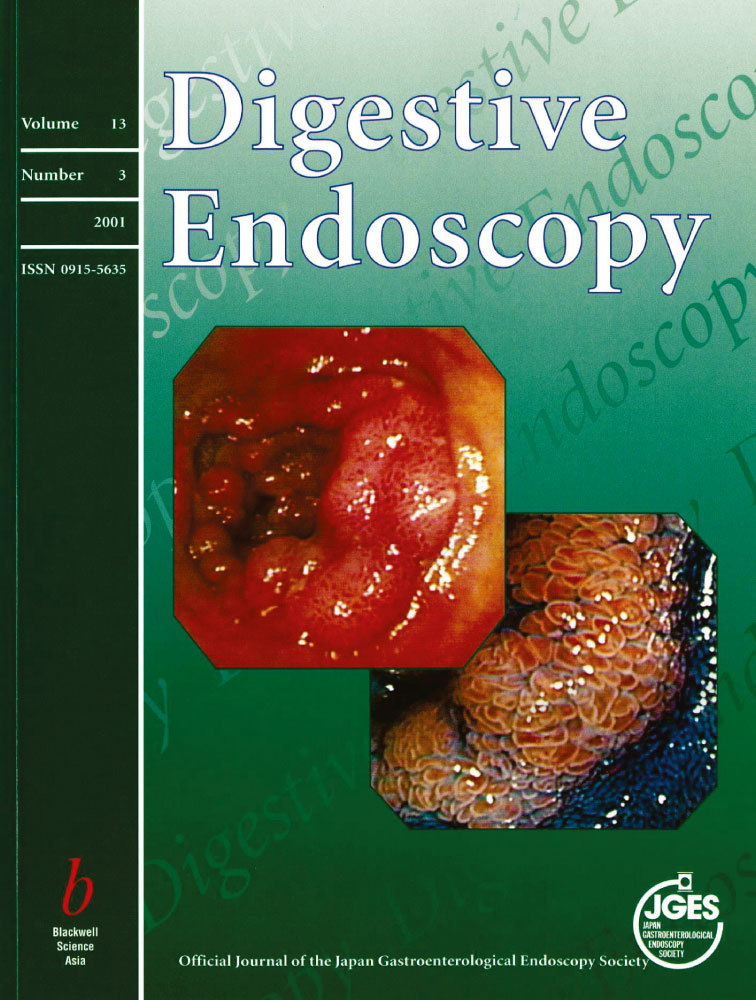Factors affecting the yield of percutaneous cholangioscopic biopsy in patients with bile duct cancer
Abstract
Background: This study analyzed the factors associated with the yield of percutaneous transhepatic cholangioscopic biopsies in patients with bile duct cancer.
Methods: One-hundred-and-sixteen patients who had received percutaneous transhepatic cholangioscopy and who had been confirmed as having bile duct cancer were enrolled in this study. Multiple targeted biopsies were taken under direct cholangioscopic view.
Results: When the location of the tumor was divided into intrahepatic duct (IHD), hilar duct and common bile duct (CBD), the biopsy yield was significantly higher in IHD cancer (93.7%) than in cases of hilar cancer (69.6%) (P < 0.05). After a bile duct cancer had been classified as a nodular type (n = 31), papillary type (n = 27) or infiltrative type (n = 58) cancer upon cholangioscopic findings, the biopsy yields from nodular (96.8%) or papillary types (96.3%) were significantly higher than from infiltrative types (58.6%; P < 0.01). The positive rate for malignant cells was not influenced by the presence of tumor vessels or the number of biopsy samples taken. However, the sensitivity of the combination of cholangioscopic biopsy and tumor vessel in overall bile duct cancer, especially in the infiltrative type, was significantly increased when it was compared with that of cholangioscopic biopsies (P < 0.01) or tumor vessels alone (P < 0.01).
Conclusions: Cholangioscopic biopsy provides a high positive yield of malignant cells in those patients with IHD, nodular-type and papillary-type cancers. The cholangioscopic classification of bile duct tumors might thus provide important clues to predict biopsy yield.




